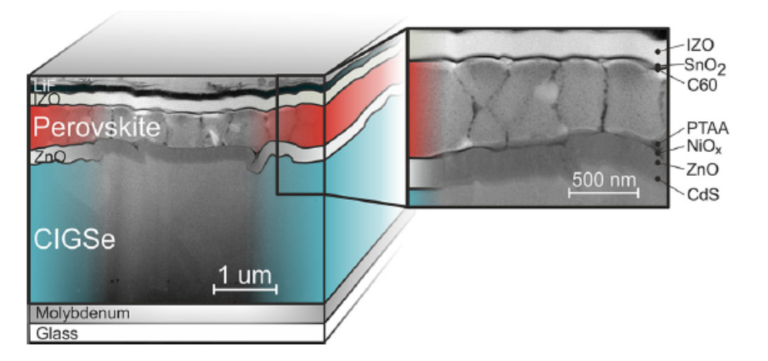Professor & Principal Investigator
M. (Adriana) Creatore
- Eindhoven University of Technology
- +31 40 247 4223
- m.creatore@tue.nl
- Work package 1b: Breakthrough technologies for sustainable energy supply – PV
- Plasma & Materials Processing



Within NEON I will focus on metal halide perovskite solar cells which can be implemented in the built environment, specifically in windows. The trade-off between sunlight absorption and transparency in the visible region of the spectrum will be investigated by designing and engineering perovskites with a (meso-)porous structure, instead of the classical, compact dense one. A promising approach is to functionalize the substrate (for example the hole transport layer) locally, either topogically or chemically, in such a way that the perovskite solution only wets (or mechanically adheres on) those modified regions. Atomic layer deposition will play a major role in this substrate functionalization, as well as in the engineering of other charge transport layers and moisture barriers to make the perovskite cell environmentally stable. Metal halide perovskite solar cells are highly appealing because of the low production costs and high conversion efficiency, which has reached in just a matter of few years, values beyond 25%. Moreover, they are highly compatible with crystalline silicon and CIGSe (here in the picture) to engineer tandem solar cells. In this NEON WP we focus on novel perspectives for perovskite solar cells, namely integration in the built-environment.

No one specifically, yet. Given the very diverse research fields and background knowledge, I look forward to clear and open communication channels; patience and perseverance in learning how to collaborate; strategic alliances to run within and in parallel with NEON.